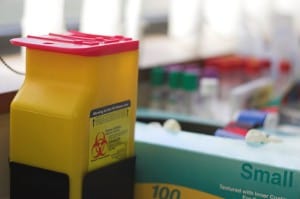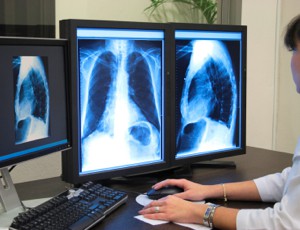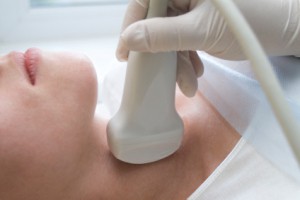Central venous catheter digital education tool to deliver instructions to parents

The goal was to investigate whether the use of a DVD education intervention reduced adverse complications and improved parent education for homecare management of CVADs for pediatric patients with cancer” Raybin et al (2019). Abstract: BACKGROUND: Research on parent understanding of homecare management of external central venous access devices (CVADs) for children with cancer is […]
Point-of-care laboratory analyses of intraosseous, arterial and central venous samples

The aims of this study were to compare the intraosseous (IO), arterial and central venous POC values during CA and CPR and to see how the CPR values reflect the pre-arrest state” Jousi et al 92019). Abstract: INTRODUCTION: Screening and correcting reversible causes of cardiac arrest (CA) are an essential part of cardiopulmonary resuscitation (CPR). […]
ASPEN guidelines for the selection and care of CVAD

This document represents the American Society for Parenteral and Enteral Nutrition (ASPEN) clinical guidelines to describe best practices in the selection and care of central venous access devices (CVADs) for the infusion of home parenteral nutrition (HPN) admixtures in adult patients” Kovacevich et al (2018). Abstract: This document represents the American Society for Parenteral and […]
Description of Rapid Central Vein Assessment (RaCeVA)

The ability to visualize underlying structures of the chest, neck, and upper/lower extremities provides for greater success, speed, and safety with all vascular access procedures” Spencer and Pittiruti (2018). Abstract: Ultrasound technology has revolutionized the practice of safer vascular access, for both venous and arterial cannulation. The ability to visualize underlying structures of the chest, […]
Iatrogenic pneumothorax secondary to central venous catheter insertion

This article focuses on a subset of traumatic pneumothoraces known as iatrogenic pneumothorax, which is when the condition occurs secondary to an invasive procedure such as pulmonary needle biopsy (transthoracic and transbronchial), placement of a central venous line, nasogastric tube placement, or positive pressure ventilation” Ojeda Rodriguez and Hipskind (2018). Excerpt: Pneumothorax is the presence […]
Impact of ultrasound guided-central venous access training on CLABSI rates

To address this limitation, we designed and conducted a standardized training course and a performance-based competency examination for all residents at a single institution and assessed the impact on the resident CLABSI rate” Lyon et al (2018). Extract: “Prior research has examined methods and processes for the teaching of ultrasound-guided central venous access (USGVA). None […]
Extensive overview of central venous access device complications

Central venous catheterization is a skill frequently needed in the acute care setting. Patients who have multiple, noncompatible intravenous (IV) medications with limited peripheral access, or who are being given vasoactive or phlebosclerotic agents may not be suitably cared for with a peripheral IV alone” England and Bhimji (2018). Excerpt: Central venous catheterization is a […]
Technique for placement of tunneled cuffed central venous catheter

We retrospectively compared the Micropuncture kit with the standard 18-gauge Angiocath IV catheter for tunneled cuffed catheter insertion in the right jugular vein” Lee et al (2018). Abstract: Introduction: Tunneled cuffed catheters provide stable, instantaneous, long-term intravenous access for hemodialysis. Because catheterization is often performed in emergency situations, speed and accuracy are emphasized. Methods: We […]

